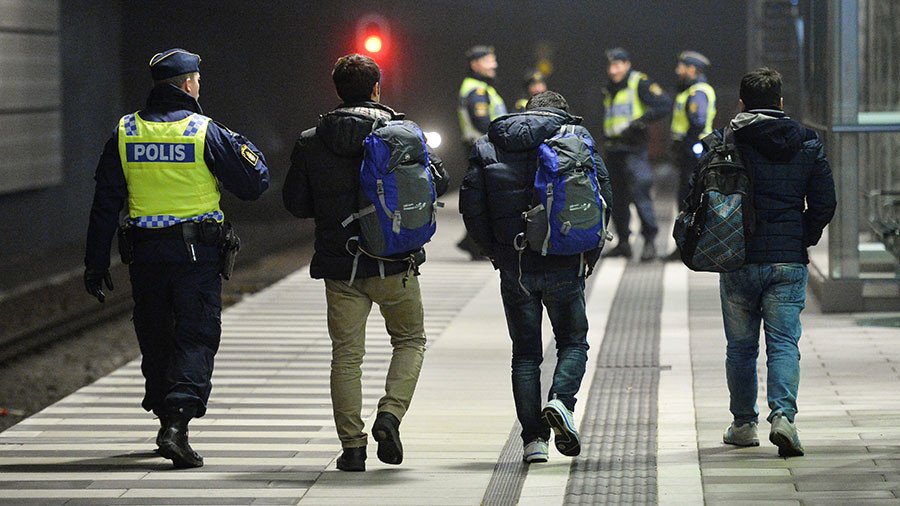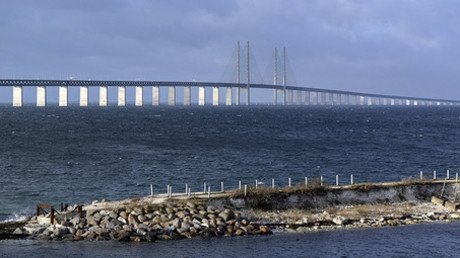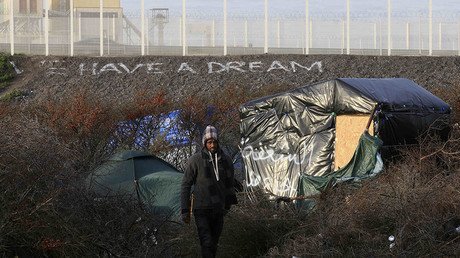‘Go to other countries’: Swedish finance minister says refugee integration capacity stretched

Sweden has exhausted its resources to take in more asylum seekers after the 2015 refugee influx, the country’s finance minister has said, suggesting that migrants and refugees will have better luck elsewhere in the EU.
“Integration is not working properly. It didn't work before the autumn of 2015 either, but for me it is obvious that we cannot have a larger asylum reception than we are able to integrate,” Magdalena Andersson told the Dagens Nyheter.
“That is not good for the people who come here and it is not good for society at large either." In 2015, at the height of the refugee crisis in Europe, nearly 163,000 people sought asylum in Sweden, according to the national migration agency.
“We must ensure that we never end up in such a situation as we were in the fall of 2015,” Andersson said, adding, the country is experiencing a major housing shortage and lack of teachers as a result.
“Now the focus must be on those who have the right to stay in Sweden” to provide them with work and accommodation, as well as to grant necessary education for children, the minister said.
Migrants and refugees will “have more opportunities if they go to another country,” Andersson said, adding, it will be faster to seek protection in other European states. Those coming to the Nordic country will face “a very strained situation,” she warned.
Amid the record-breaking refugee inflow to Sweden in 2015, the government had to back-track on its once-generous approach towards immigration the same year, tightening border controls and introducing ID checks. The government said it needed “respite,” pointing to its overstretched infrastructure.
READ MORE: Sweden ‘has hit its limit’ on accepting refuges – govt
The new restrictive policy resulted in less than 30,000 people coming to Sweden in 2016, with even smaller numbers in 2017.
Andersson’s comments didn’t appeal to everybody in the government, though, with the education minister Gustav Fridolin from the Green Party warning there would “soon be no sanctuary left for those who really need to flee,” if everyone keep saying that migrants would be better off somewhere else.















